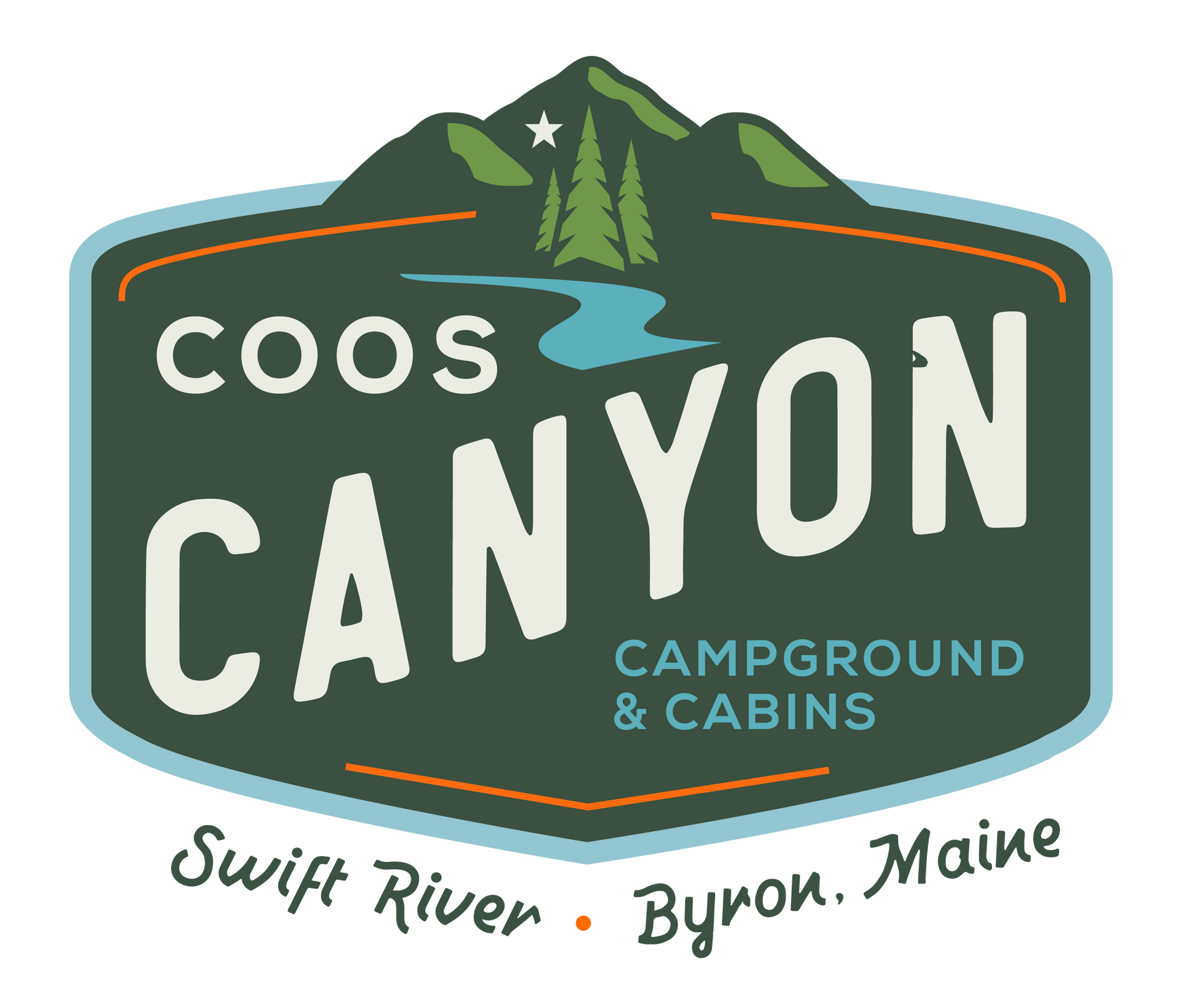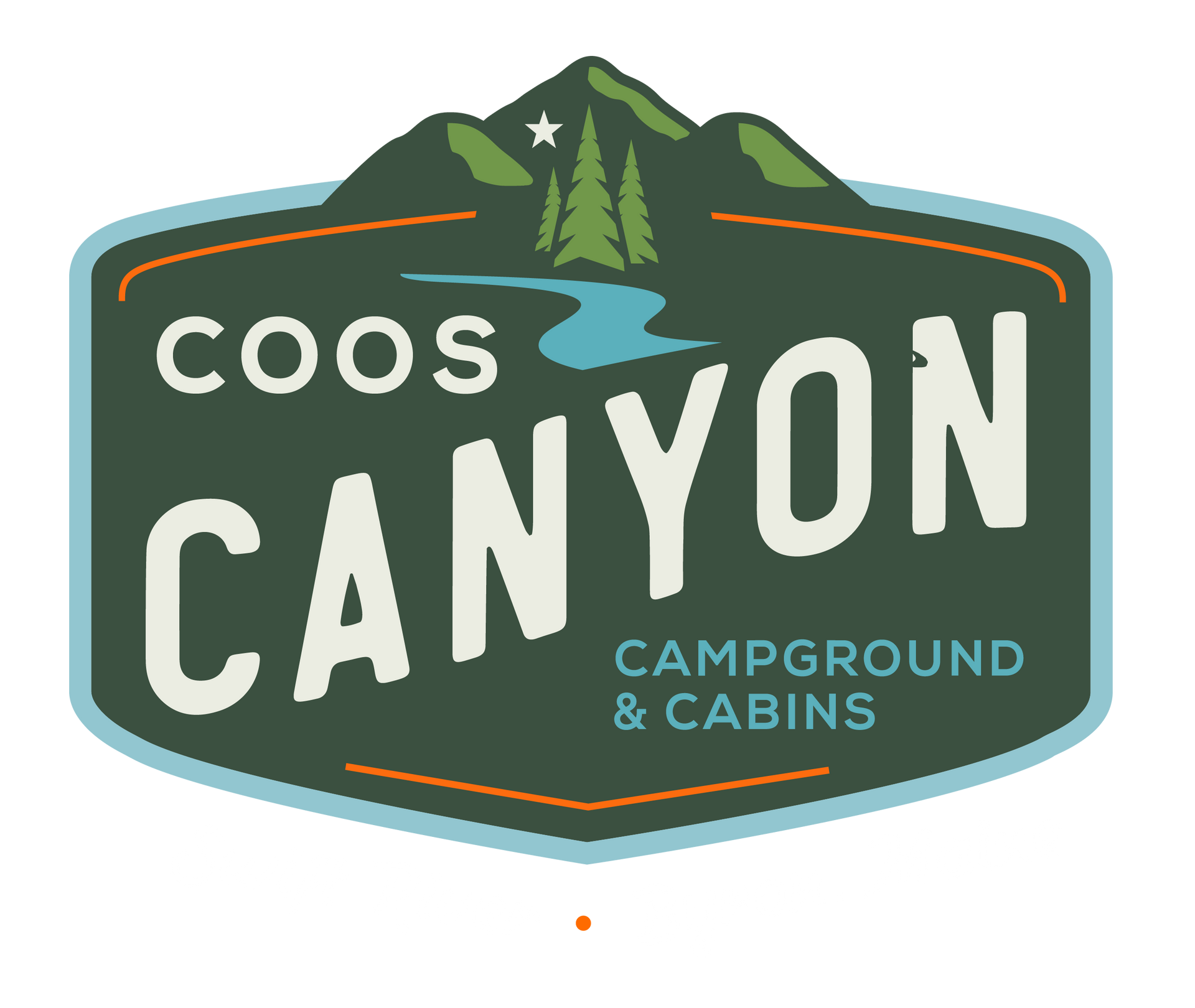Campfire Meals Made Easy
Who is this for? Beginner and intermediate campers looking for campfire meal tips.
Jump to Section:
- What to Pack
- Before You Go
- Cooking fire Tips
- Campfire Skillets
- Foil Packet Meals
- Dinner on a Stick
- No-Cook Meals
Coos Canyon Campground & Cabins
There’s nothing quite like cooking over an open flame. Whether you're camping in the wilderness, setting up a backyard fire pit, or enjoying a weekend getaway, campfire meals bring warmth, flavor, and a sense of adventure to any outdoor experience. With the right ingredients and a bit of preparation, you can enjoy delicious, satisfying meals that go beyond basic hot dogs and marshmallows.
Essential Campfire Cooking Tips
Before you start cooking, we need to cover some basics. You need to know what to pack, what to do before your trip, and how to manage your cooking fire. Once you get that foundation in place, planning your meals will be much easier.
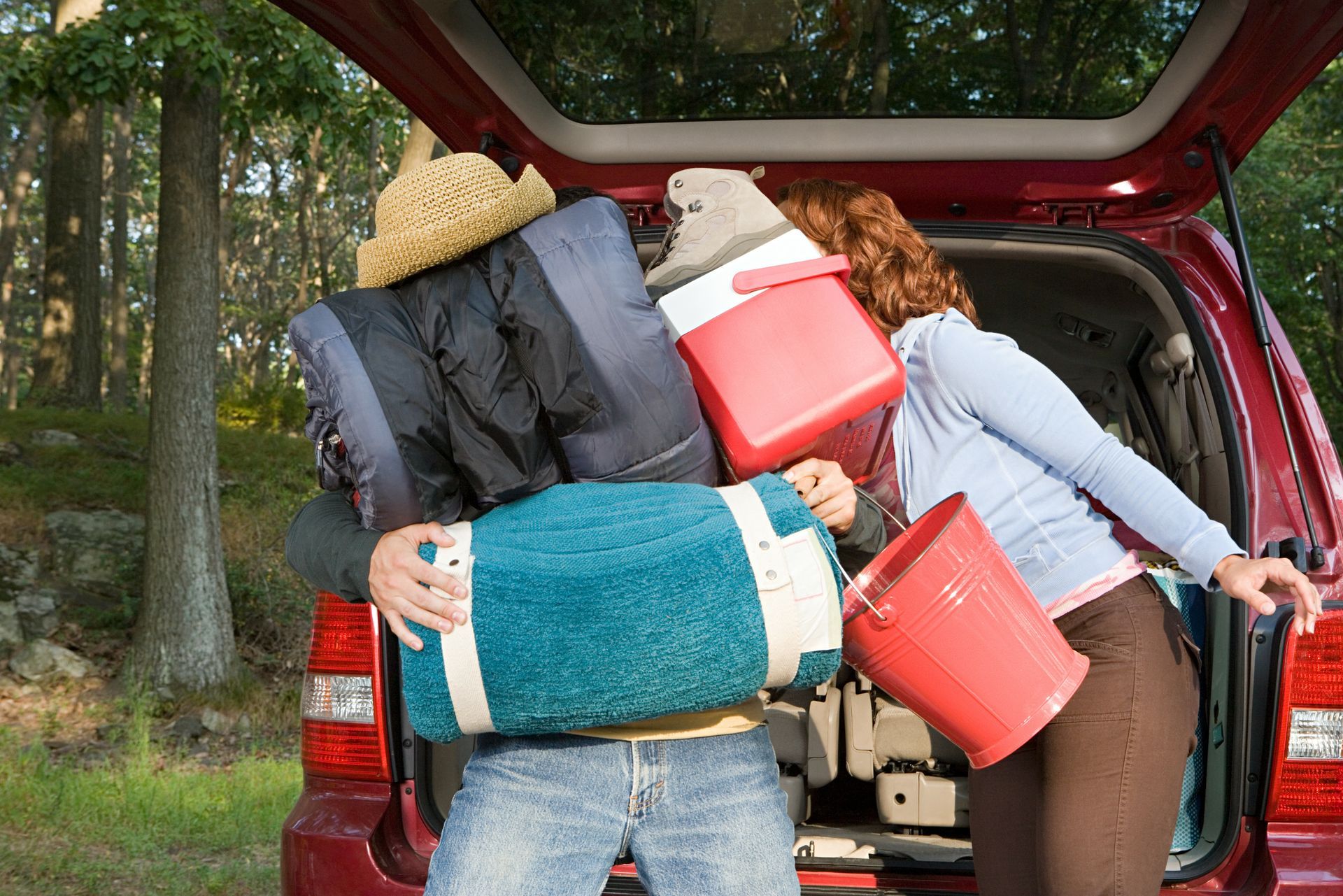
What to Pack:
Packing is the most important part of any camping trip, especially if you are going to a remote location. You will only have access to the items you brought with you, so you need to take extra care while packing. Here are some food-specific camping items.
Equipment:
- Fire-starting materials (matches, lighter, firestarter)
- Cooking utensils (tongs, spatula, knife, cutting board)
- Heat-resistant gloves
- Aluminum foil
- Biodegradable soap and sponge for cleaning
- Cooler with ice packs
- Cast iron skillet or Dutch oven
- Grill grate
Food:
- Cooking oil and seasonings
- Shelf-stable staples - canned beans, sauces, etc.
- Pre-marinated meats
- Fresh or pre-cut vegetables
- Sturdy bread or tortillas
- Quick-cooking grains like rice or couscous
Before You Go
If you want your mealtimes to go smoothly, you need to do a little prep work. Nothing is more frustrating than trying to prepare a meal and realizing you can’t. To save yourself time and hassle in the field, here are a few things you can do before you go.
Check Your Equipment:
Before leaving home, test your gear to ensure it works properly. Make sure your skillet or Dutch oven is seasoned and check that lighters or matches are dry and functional. You should also check your cutlery and utensils to make sure they are sharp and ready for use.
Prep Your Ingredients:
Chop vegetables, marinate meats, and portion out seasonings before your trip. Store them in airtight containers or resealable bags to make cooking easier and minimize waste. Double and triple-check your ingredients to ensure they are fresh, packed, and ready for use.

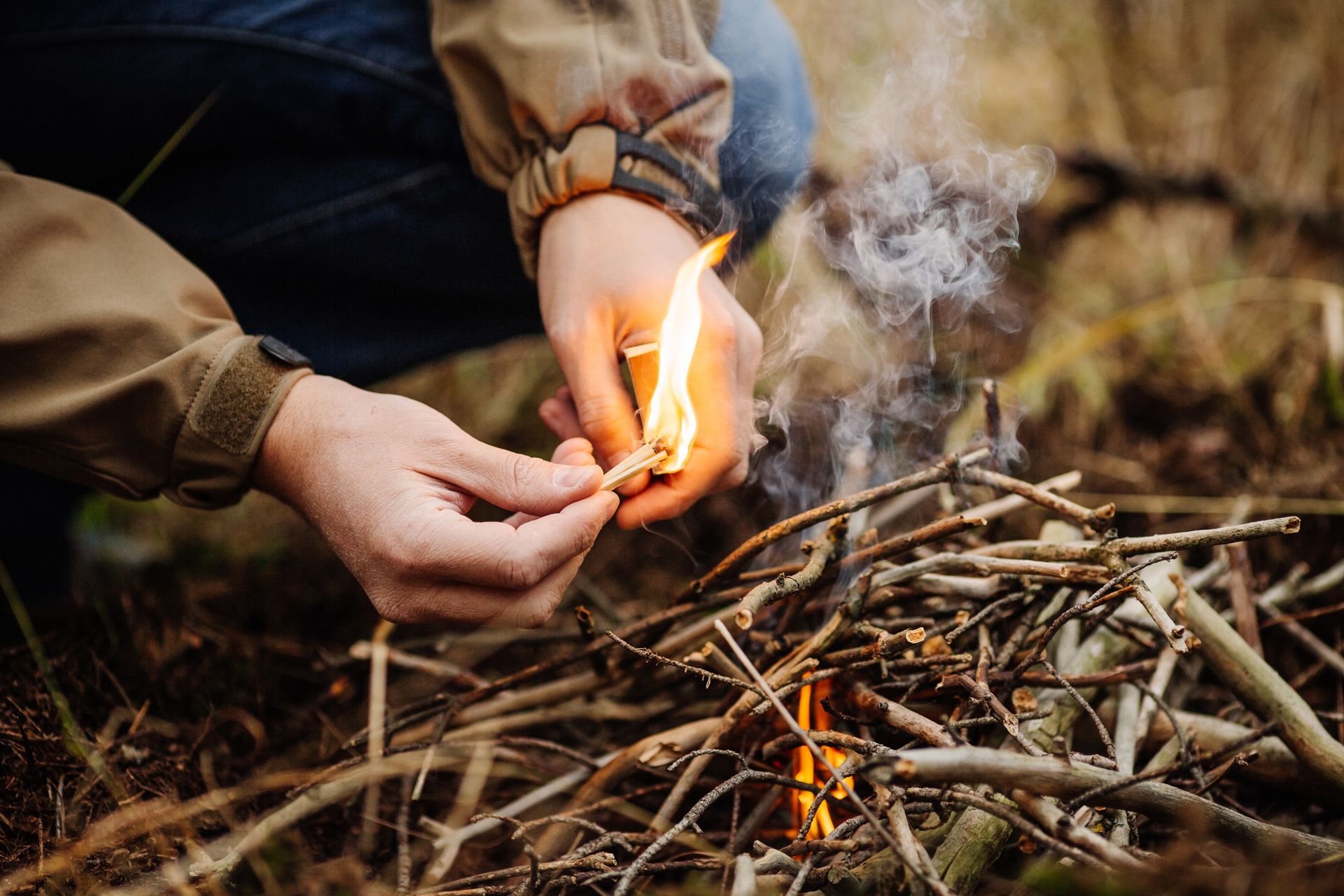
Cooking Fire Tips
You can’t make campfire meals without a campfire, so knowing how to build a proper cooking fire is a must. Here are a few things to consider when building your fire.
Building the fire:
A good cooking fire is built for heat control. Use dry wood or charcoal, and arrange logs in a log cabin formation. Allow the fire to burn down to hot coals before cooking.
Controlling the Heat:
Campfires don’t have knobs, so you can manage heat by moving food closer to or farther from the flames. Cooking over hot coals instead of open flames provides even heat and prevents burning.
Classic Campfire Meal Categories
Now for the fun part, cooking! There are several types of camping meals you can make on your trip. Depending on where you are camping, and how long the trip will last, some meal types might be more appealing than others. Here’s a breakdown of some of the basic meal types.
Campfire Skillets
One of the most important pieces of camping cookware is a skillet or a Dutch oven. These tools are just as versatile in the woods as they are at home.
Pros:
- You can cook almost anything you bring
- Creates deep, rich flavors
Cons:
- Bulky to pack, heavy to carry
- Requires careful cleaning to prevent rust
Recipe for a Campfire Breakfast Skillet
- 1 tbsp cooking oil
- 4 potatoes, diced
- 1 onion, chopped
- 1 bell pepper, chopped
- 4 eggs
- 1 cup shredded cheese
- Salt and pepper to taste
- Heat oil in a skillet over hot coals.
- Add potatoes, onion, and bell pepper; cook until softened.
- Crack eggs over the top, cover, and cook until eggs are set.
- Sprinkle with cheese before serving.
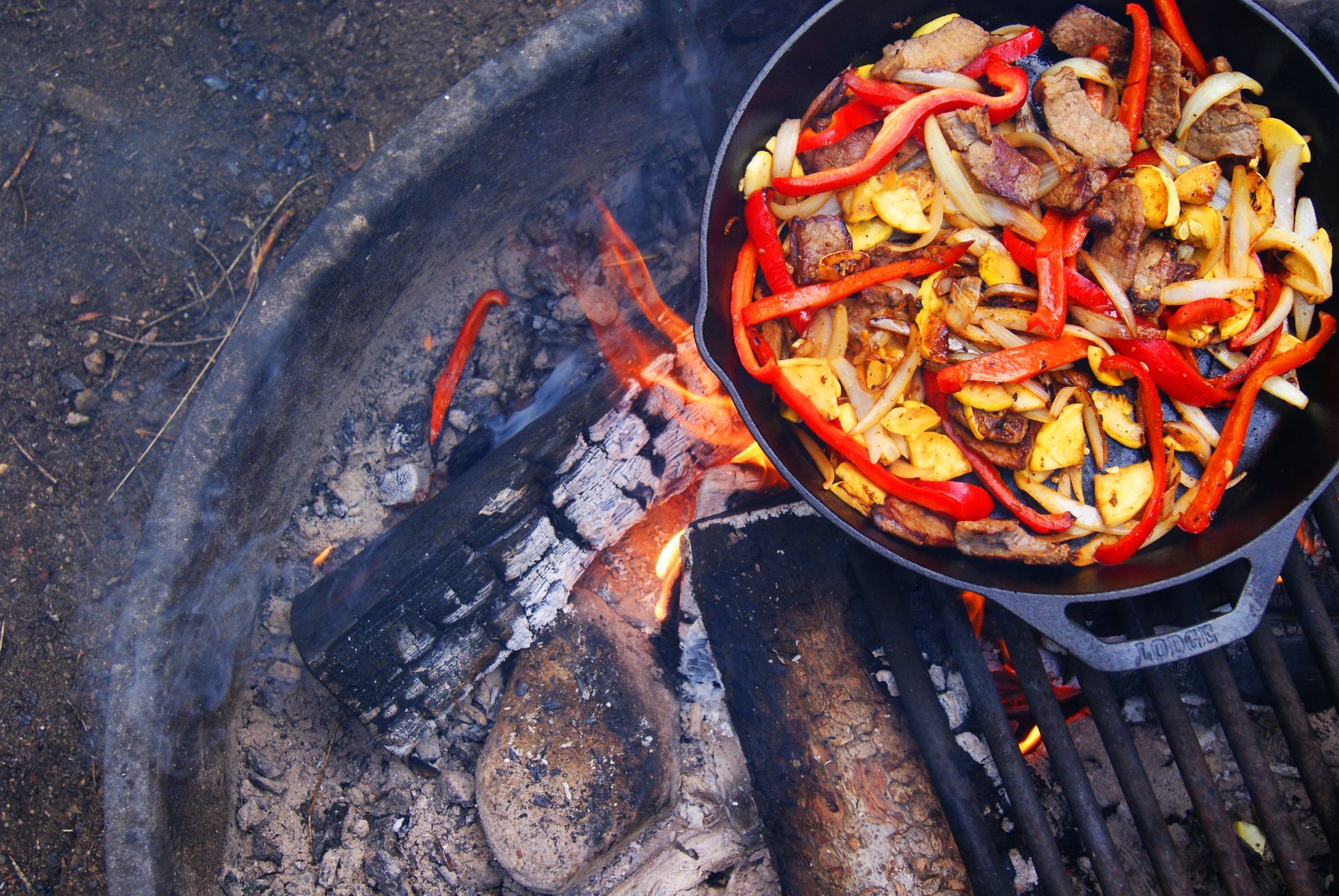
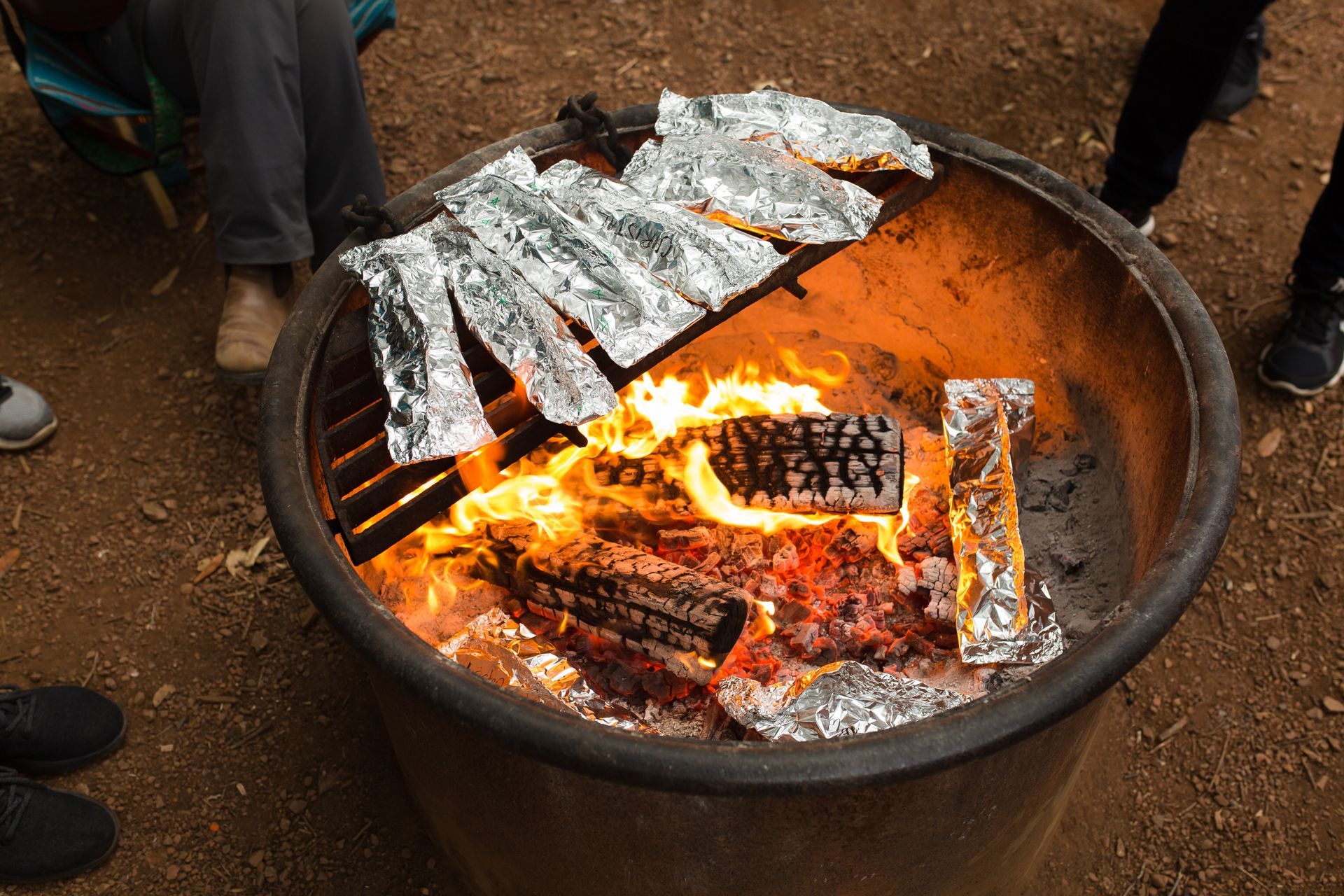
Foil Packet Meals
These are also called hobo packs, and they’re a favorite for their simplicity. Just wrap ingredients in a heavy-duty foil and cook them in the coals for a low-stress meal.
Pros:
- Can be prepared in advance
- Very portable
Cons:
- Harder to gauge cooking time
- Can be messy to eat
Recipe for a Salmon foil packet meal
- 2 salmon fillets
- 2 tbsp butter, melted
- 2 cloves garlic, minced
- 1 lemon, sliced
- 1 cup asparagus spears
- Salt and pepper to taste.
- Place salmon and asparagus on a large piece of foil.
- Drizzle with butter, garlic, and lemon slices.
- Season with salt and pepper.
- Fold foil tightly and place over coals for 10-15 minutes.
Dinner on a Stick:
What’s more classic than roasting a hot dog over a campfire? But hot dogs and smores aren’t the only things you can stick roast!
Best Foods to Roast over a Fire:
- Sausages and bratwurst
- Kebabs (chicken, beef, or veggie)
- Bread dough (wrapped around a stick)
- Marshmallows and fruit (pineapple, bananas)
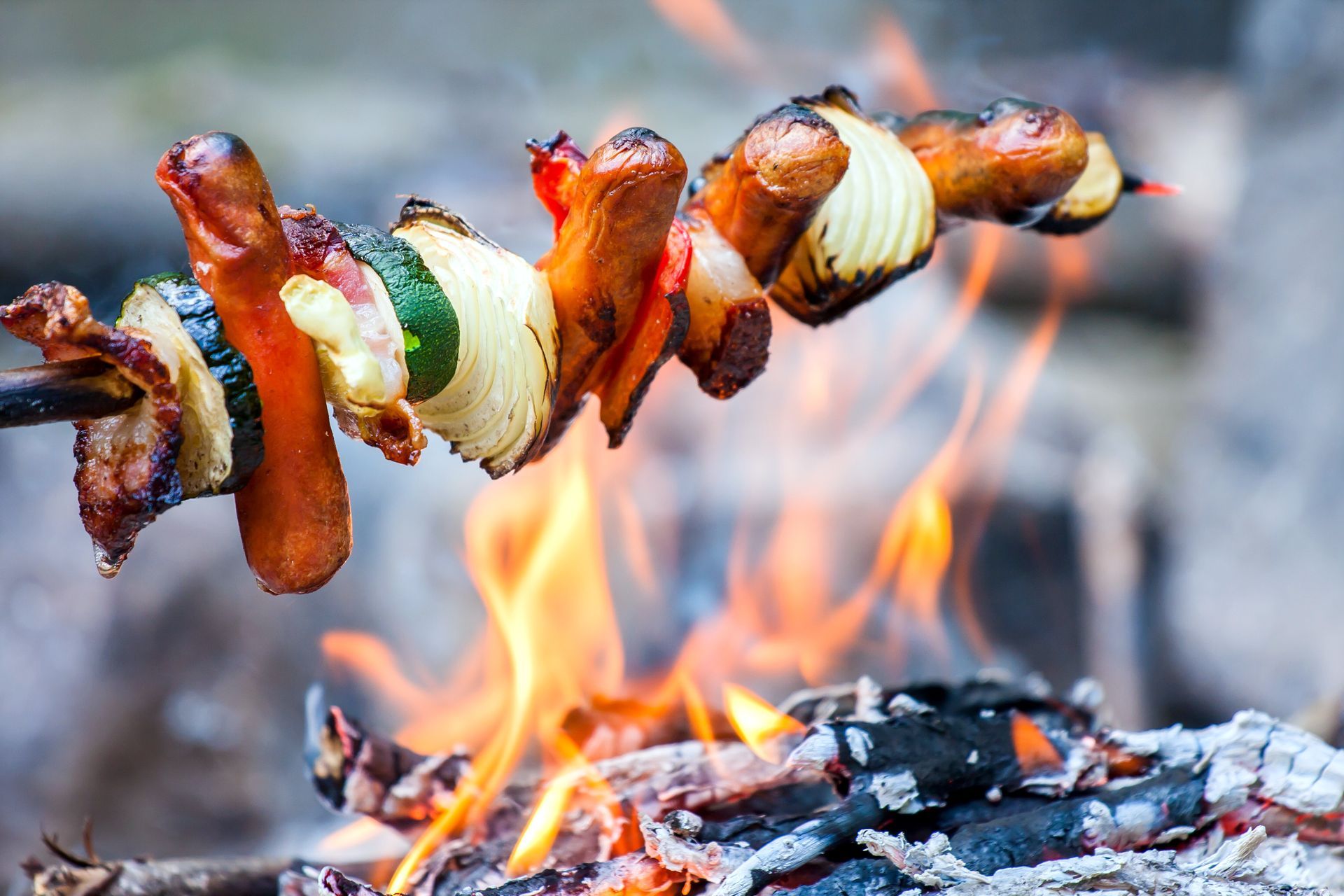
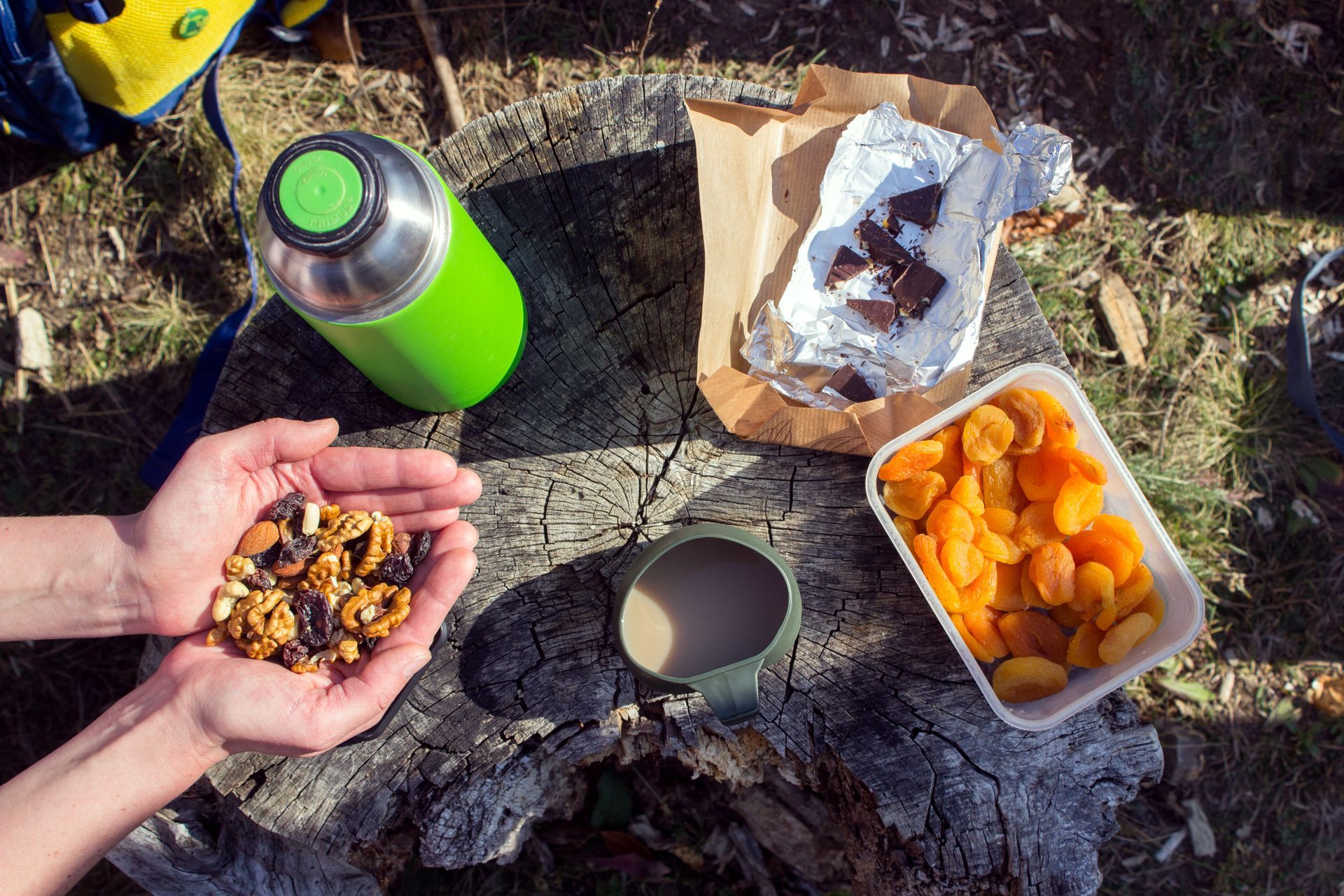
No Cook Camping Meals
There are many reasons that camp cooking may not be an option. In those scenarios, no-cook meals can be a literal life-saver.
Examples of no-cook camping meals:
- Peanut butter and banana wraps
- Tuna salad with crackers
- Protein packs with nuts and cheese
- Overnight oats with dried fruit and nuts
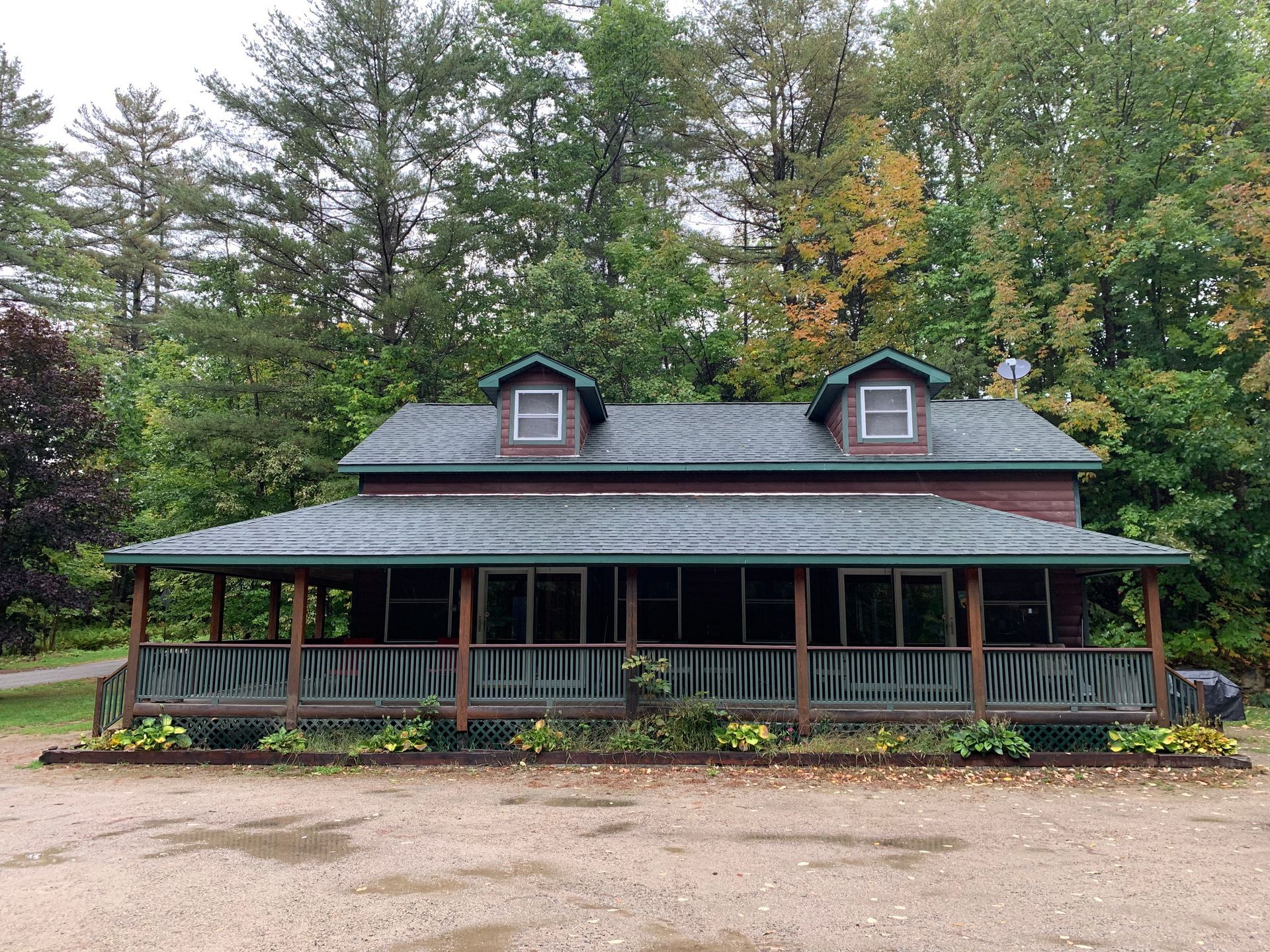
Camp at Coos Canyon Campground and Cabins
With a little planning and the right ingredients, campfire meals can be delicious, simple, and stress-free. Try a few of them out at Coos Canyon Campground and Cabins!
Located along the Swift River and surrounded by the wilderness of western Maine, our remote campground is the ideal place to try your hand at campfire cooking. Whether you’re a seasoned camper or an enthusiastic beginner, Coos Canyon Campground is the perfect place to enjoy the peace of nature.
So, gather around the fire, share stories, and enjoy some delicious meals under the open sky!
Book Now!
